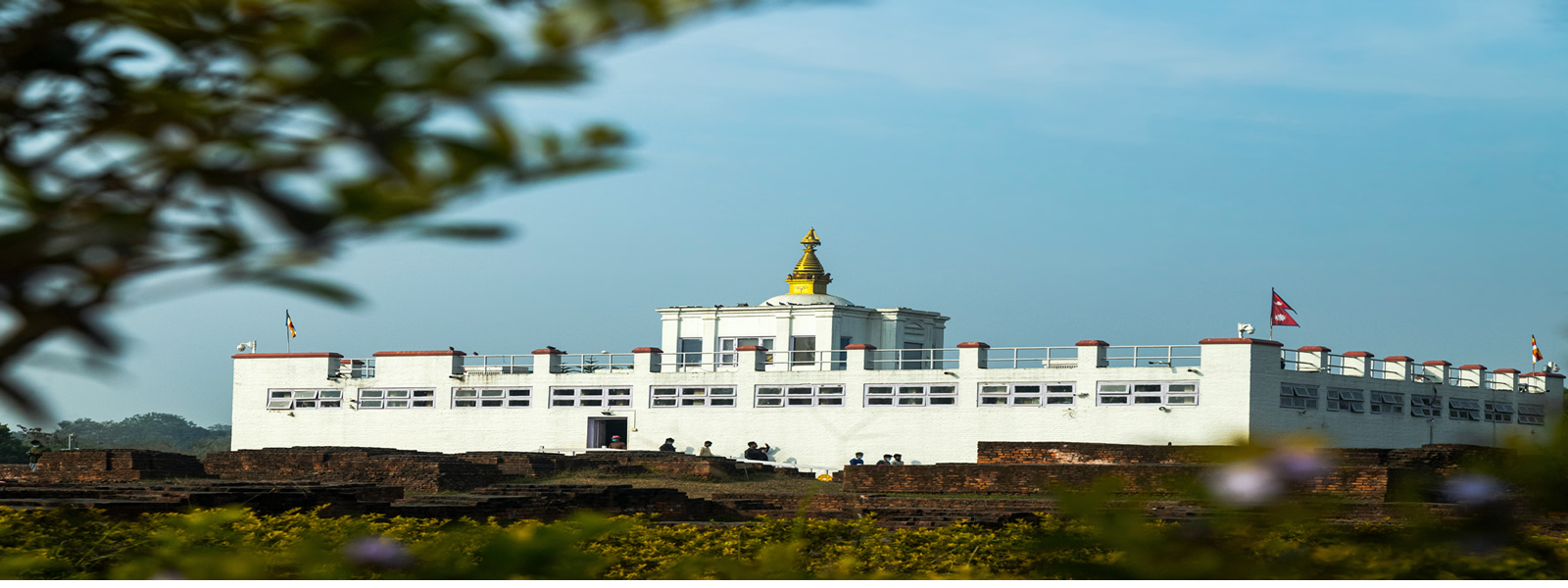
If we list the Major attractions of Lumbini, there will be a long tilt. Huge monasteries, temples, Gompas, Museum, Research Centre, a university concerning Buddhism, are central attractions where one can spend a day to months exploring around.
Maya Devi Temple, Ashoka Piller, Tilaurakot Durbar Periphery, World Peace Pagoda, Monastic Zones, Lumbini Museum, Lumbini Boudha University, an ever-blowing peace lamp are some of the most visited sites in Lumbini.
Lumbini is another core religious destination of Nepal famous for the birthplace of Lord Gautam Buddha. Renowned as the Light of Asia, Gautam Buddha was the great peace preacher of the planet. Numerous devotees, monks, nuns, and peace lovers pay a visit to Lumbini every day.
It is considered the holiest place of Buddhism and stands topmost position for religious exploration throughout this world. One of the UNESCO World Heritage Site of Nepal, Lumbini has preserved historical monuments and architecture from the 2nd century BC to date.
A plethora of things can be explored in Lumbini. One can seek soul purifying Buddhism in this religious site. Exploring the monuments resembling the different countries, they can sightsee east of Buddhist architectures, rural sceneries that help to escape the bustling city and lifestyle. In this article, I have explained the major attractions of Lumbini.
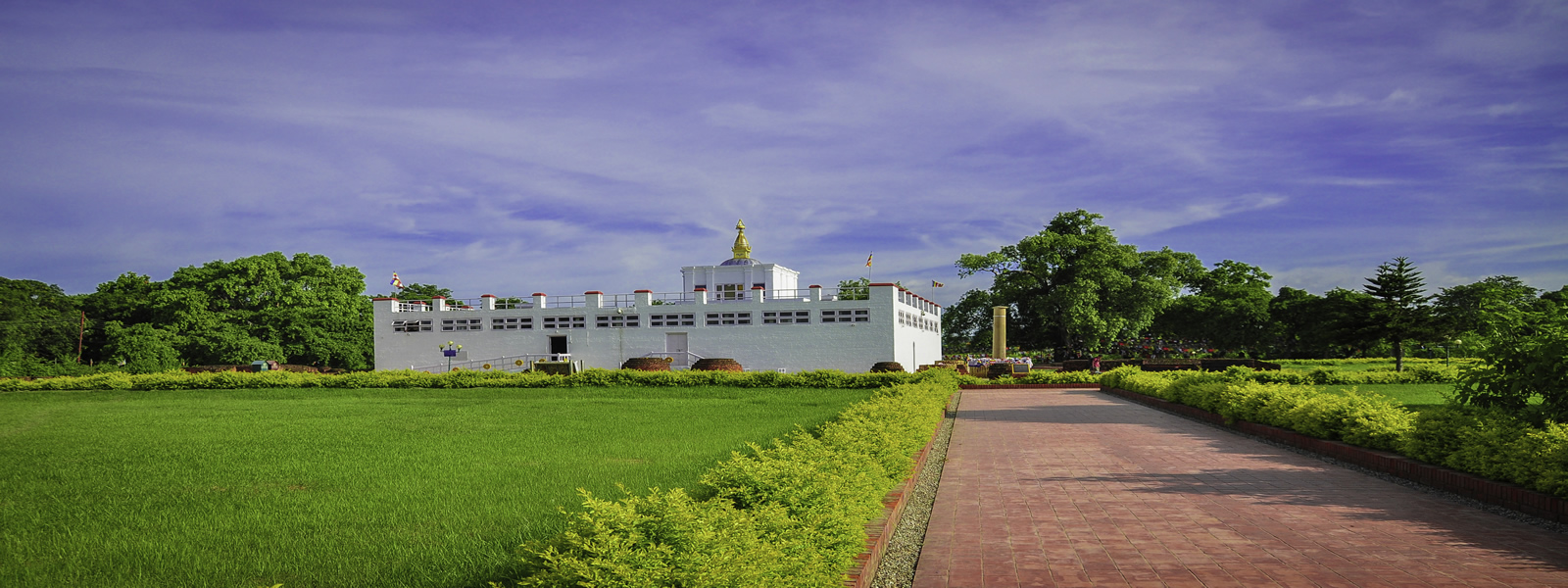
One of the central and beautiful attractions of Lumbini is Maya Devi Temple. Said to be located on the exact site where Gautama Siddhartha Buddha, founder of Buddhism, was born around 623 BC (sources vary), the Maya Devi Temple is dedicated to his mother.
The temple stands adjacent to a sacred pool (known as Puskarni), ancient ruins of stupas, and maroon- and saffron-robed monks congregating under a sprawling Bodhi (pipal) tree decorated with prayer flags and a sacred garden.
The archaeological remains at the site were previously dated to the third-century BCE brick buildings constructed by Ashoka. The excavations carried out in 1992 succeed to revealed remains dating back at least 2200 years.
They have got a commemorative stone on a brick plinth coordinating with the depiction of a stone set somewhere around Emperor Ashoka in the third century BC. There are plans to raise a great landmark on the site, yet for the time being a strong block structure ensures the sanctuary ruins.
Another major attraction of Lumbini is Ashoka Pillar and is believed to be built in 249 BC as the Emperor of India Ashoka of India was visiting and flourishing the surroundings of Lumbini.
This pillar was erected as a mark of respect by Ashoka after he visited Lord Buddha's place of birth and decided to accept Buddhism. These facts make the pillar a significantly important attraction in the country.
It is evident that it was the eldest inscription compared to the rest of the Ashoka Pillars, thus marking that it was the first-ever such structure built. The pillar is surrounded by a small fence, decorated with colorful prayer flags, and also has bowled to light incense sticks and meditate.
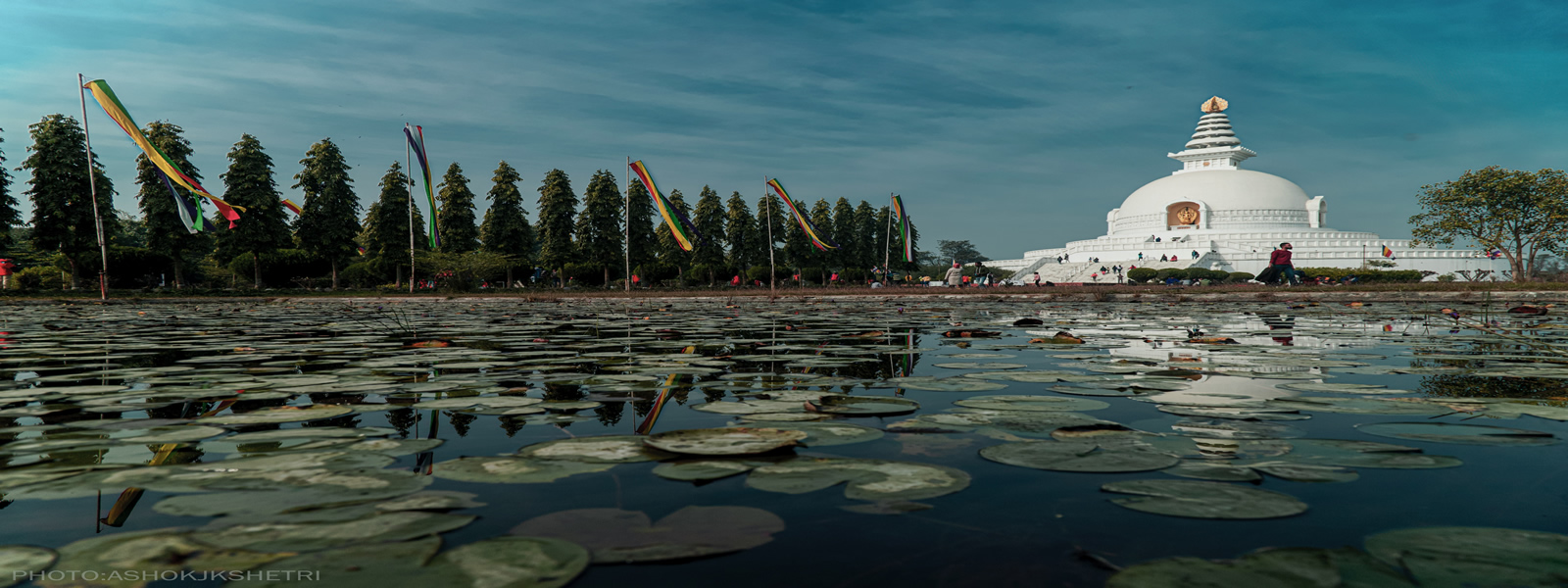
One of the greatest stupas of the world- World Peace Pagoda situates outside the main compound was built by Japanese Buddhists spending USD 1 million is another major attraction of Lumbini.
A Buddhist stupa; a monument to inspire peace, designed to provide a focus for people of all races and creeds, and to help unite them in their search for world peace.
The enormous World Peace Pagoda dazzles with its brightness and like other peace pagodas around the world, it is designed to unite humanity and inspire the quest for peace.
The grand construction has an arch in the middle that can be reached by climbing one of the two stairwells leading to it. On the subsequent level, there's a hall surrounding the arch.
The Symbol of Peace is open the entire day of the week for every last one to visit, investigate, learn, and get roused to walk the way of peacefulness and to carry on with life in solidarity, which is a need on the planet today.
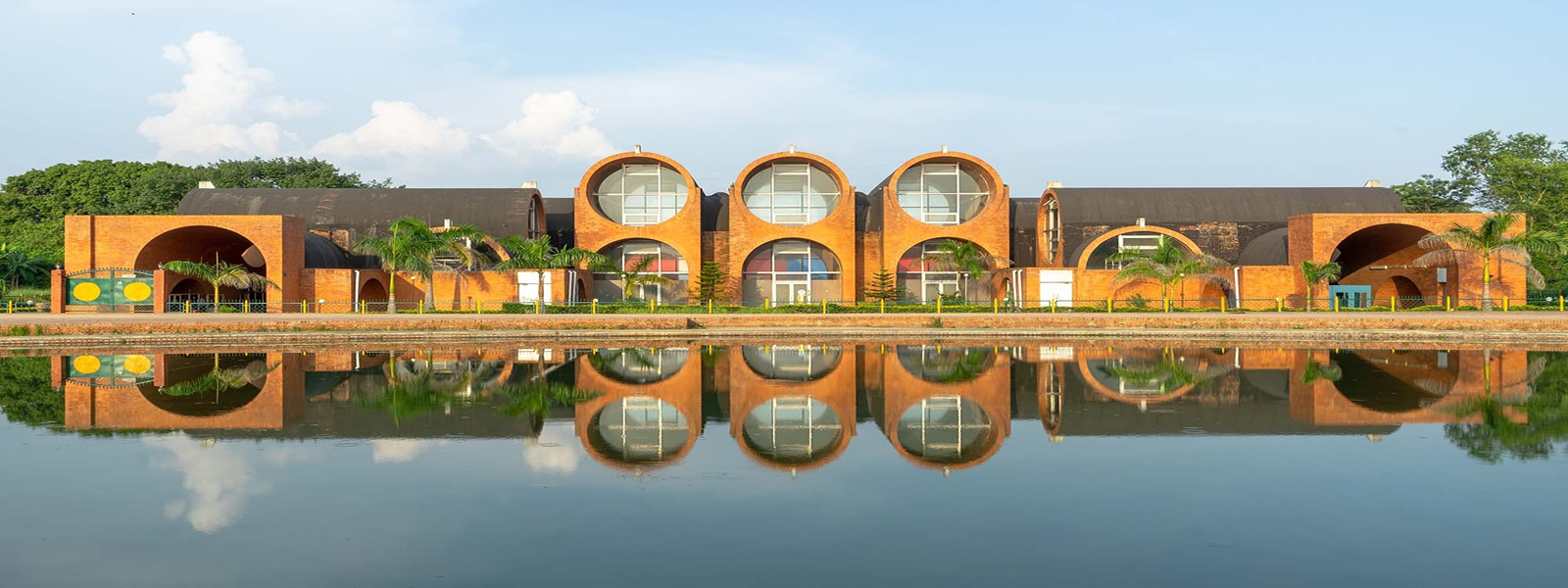
We can not get rid of it without saying Lumbini Museum is one of the major attractions of the Lumbini territory.
Visiting interestingly shaped buildings of the Lumbini Museum one can explore around 12000 artifacts including religious manuscripts, metal sculps, Teturerra cottas, coins from Maurya and Khusana dynasty, and stamps from all over the world depicting Lumbini.
The museum is designed to show the importance of the site as the birthplace of Buddha, and offer some examples of the reputation of Buddhism more generally.
The exhibition is spread over several rooms and inside you’ll find a mixture of relics from the Lumbini and photos about its history. There are also statuettes and other oeuvres showing important Buddhist iconography.
Lumbini International Research Institute (LIRI), is positioned just opposite the Lumbini Museum that affords research facilities for the study of Buddhism and religion in general. This museum was built in the 1970s and is now reimagined by architect Kris Yao from Taiwan and his team.

One more major attraction of Lumbini enlists Tilaurakot, the ancient city of Kapilavastu situates 29 kilometers that Prince Siddhartha was raised from his birth until the age of 29, was rediscovered in 1899 by P. C. Mukherji and is recognized by many scholars as to the ancient capital city of the Kapilavastu.
This was the capital of the ancient Sakya Kingdom, where the prince was treated to a lavish life of luxury – a way of life that he would ultimately reject to begin his spiritual journey.
This place now is only the plotted area of the city which used to be the large city before. This region is surrounded by lush green meadows and is quite a pleasant respite for those who want to explore.
At very little distance from Tilaurakot, there is a small museum that displays coins, black polished pottery, and jewelry, as well as a variety of ornaments and toys that has been recovered from the site.
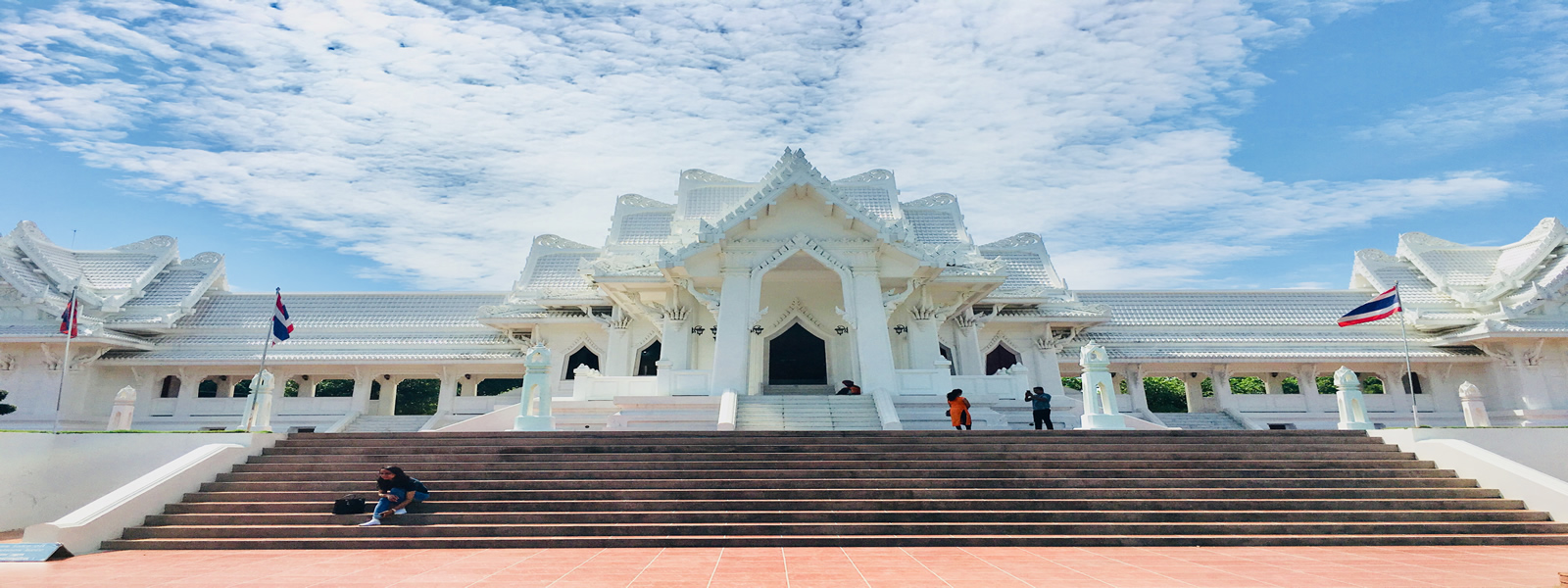
Lumbini Monastic zone, the complex housings of various monasteries and temples are extended in the large area to provide insights into the life of Gautam Buddha and to understand the significance of Buddhism.
The Monastic zone is jam-packed with scenic beauty and is built with the outstanding architectural enterprise becomes another major attraction of the Lumbini periphery.
This zone is separated into two areas by a water canal which is usually used to explore through boats by tourists.
The eastward section is called the East Monastic Zone, where Theravada Buddhism is prevalent, and the westward zone is called the West Monastic Zone, where Vajrayana and Mahayana are predominant. You can explore the Buddhist tradition, culture, and history in this Monastic site.
One of the antique structure temples in Lumbini; Myanmar Golden Temple is built and decorated with excellent Burmese style.
Dedicated to Lord Buddha, this temple contains Lokamani Pula Pagoda and three prayer halls inside the temple premises.
This temple is in the form of a stupa, painted in golden color, along with four corner pillars, four side magnificent gates, four different Buddha statues, and other nearby smaller replicas of Bhantes.
One of the most impressive buildings is the Royal Thai Monastery, which is built from gleaming white marble and takes inspiration from the grand wats of Thailand.
It is an impressive and spectacular wat-style (Thai Monastery style) monastery steadfast to Buddhist applies. The blue-roofed meditation center next door is another fine piece of structural design.
Debatably the utmost complex in the monastic zone. The beautiful designs and figurines on the temple wall brands this place a must-visit.
Great Drigung Lotus Stupa is one of the most attractive erections in Lumbini which was constructed by the German Tara Foundation that contains a hollow crown partly covered in glass, revealing a small Buddha within.
The domed ceiling of the main prayer room is covered in Buddhist murals. The historic importance of this building goes back to epochs when the edifice of this building was under the supervision and direction of the Rinpoches.
This Stupa is absolutely worth a visit when in Lumbini where the gold, wood, and carvings characterize the philosophies and teachings of Buddha that extents the message of peace and non-violence.
Each year, this Stupa welcomes numerous worshippers to visit Great Dridung Lotus Stupa where the highness himself visits the place to spread the message of unity and peace.
Also known as Sri Lanka Temple, the monastery is a beautiful Sri Lankan Buddhist establishments which is a Theravada Buddhist establishment dedicated to Lord Gautam Buddha and Buddhism.
It is a striking monastery nestled in the East Monastic Zone of Lumbini which has a spherical raised platform with a traditional Pagoda on top.
Underneath the Pagoda, is a beautiful golden idol of Lord Buddha seen seated in a meditating posture.
This grand religious foundation holds several important spiritual occasions and practices, especially those followed in Sri Lanka.
These celebrations, events, and festivals may seem a little different than those followed in the vintage monastery in Lumbini.
Built in the renowned Angkor Wat architectural design, this Cambodian Monastery contains the combinations of spiritual forces and colorful fantasy that has made the monastery one of the most attractive temples around. The walls are covered with eye-catching and complex designs.
South Korea’s Dae Sung Shakya Temple is also the Buddhist Monastery in Lumbini. One of the tallest monasteries in Lumbini is built using the Korean style of architecture that looks so impressive.
Within the complex, there is a large amount of accommodation accessible for both pilgrims and non-pilgrims.
Listening to the word Nepal, one automatically creates some mental images as the Himalayas, snow-capped mountains, splashing Rivers, dazzling waterfalls, rugged trekking trails, high glacial lakes, terraced fields colorful hills of different wildflowers, ethnic rural villages, and so on.
Apart from these all, Nepal is renowned for its pilgrimage tour as well. Different religious people are living here in peace and harmony.
A plethora of religious shrines can be explored here from the most elevated monastery (Tengboche monastery), one of the highest temples of the world (the Muktinath temple) to the sacred Pashupatinath Temple, Boudhanath Stupa, Swyambhunath Stupa, and more.
One of the World Heritage Sites and a pilgrimage destination of Nepal, Lumbini has several attractions to visit and explore.
The birthplace of Lord Gautam Buddha spreads messages of peace harmony and enlightenment to the entire planet.
Monasteries, temples museums, and gardens are the major attractions of Lumbini where crowds of devotees, monks, and other visitors reach every day.
Leave Your Comment